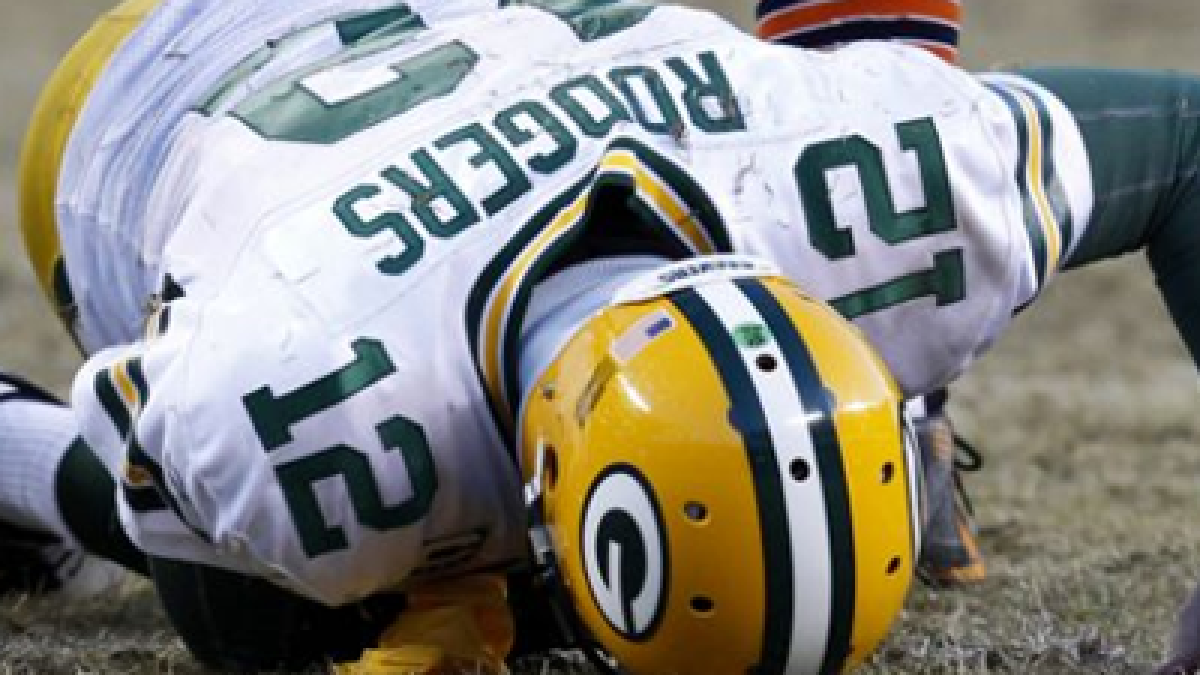 Every time a quarterback is sacked, it’s a terrible thing for the offense. They lose both a down and yards. Even when the quarterback is hit the chances of success for the offense decrease dramatically. A quarterback’s completion percentage drops to 37.8% when they are hit compared to 63.0% when they aren’t. Similarly, their interception rate jumps up to 4.8% from 2.7%.
Every time a quarterback is sacked, it’s a terrible thing for the offense. They lose both a down and yards. Even when the quarterback is hit the chances of success for the offense decrease dramatically. A quarterback’s completion percentage drops to 37.8% when they are hit compared to 63.0% when they aren’t. Similarly, their interception rate jumps up to 4.8% from 2.7%.
While that is the initial effect of a sack or a hit, they also have a lasting effect on the quarterback. It has long been assumed that the more you bring the quarterback to the ground, the worse he will do on his following throws. It makes sense from a psychological perspective as the more a quarterback gets hit/sacked in the pocket, the more they will be concerned about getting hit again and the less they think about when and where to throw the ball.
It also makes sense from a physical perspective. The more a quarterback gets taken down by large defensive linemen, the less likely the quarterback will be able to get up with his throwing arm at 100%. It shouldn’t be much of a surprise that the numbers back up the theory. What might be a surprise is the extent that it effects the quarterback.
Below is a chart of how quarterbacks perform in Accuracy Percentage after a number of hits or sacks within a game. For example, when quarterbacks haven’t been sacked or hit yet in a game, they have an average Accuracy Percentage of 73.0%. The sample for this data is every passer in every regular season and playoff game over the last six years.
After every sack or hit the quarterback takes, their Accuracy Percentage decreases by an average of a half of a percent. While that might not seem like much, there also isn’t much difference between the best and worst quarterbacks in the league. Based on the graph, an above average quarterback after five hits or sacks performs as well as an average quarterback with no hits or sacks. Once that above average quarterback has been sacked or hit 10 times, they play as well as a below average quarterback who hasn’t been sacked or hit.
Sacks and hits have a similar effect on how often a quarterback tosses interceptions. Below is a chart for a quarterback’s interception rate based on the number of sacks and hits. For example, when quarterbacks haven’t been sacked or hit, they throw an interception at 2.5% of their passing attempts.
As expected, the more a quarterback gets sacked or hit, the higher the chance any given pass they throw will be intercepted.
In an ideal world from the offense's perspective, a quarterback wouldn’t let sacks/hits affect him after the play is over. The best quarterbacks in the league don’t let sacks or hits get to them. Here we’ll use a fairly exclusive definition of ‘elite' quarterback, just grouping Aaron Rodgers, Drew Brees, Peyton Manning, and Tom Brady together. For the following graph we look at all of the first-round rookie quarterbacks just in their rookie year together as well.
Below we compare those two groups as well as the general quarterback population to see just how different they are in Accuracy Percentage. Due to the smaller sample sizes, we only go up to five hits/sacks rather than 10. Also due to the smaller sample sizes, the data is a little noisier.
The elite quarterbacks don’t seem to be effected by the first few sacks/hits. Eventually their accuracy decreases, but at a slower rate than the typical quarterback. Even after a number of sacks/hits, they are still significantly more accurate than the average quarterback who has taken none.
As for the pool of rookie first-round picks, their accuracy decreases more dramatically. On average a sack/hit decreases their accuracy by a full percentage point, which is twice as much as the average quarterback. The perception is that you can rattle a rookie quarterback by hitting them, and the numbers over the last few years back that up.
Statistical analysis should be used to either help prove our conceptions or help change our views. In this case our preconceived notions hold true. This should give offenses all the more motivation to protect their quarterbacks, and defenders all the more reason to get to them.
Follow Nathan on Twitter: @PFF_NateJahnke


 © 2024 PFF - all rights reserved.
© 2024 PFF - all rights reserved.